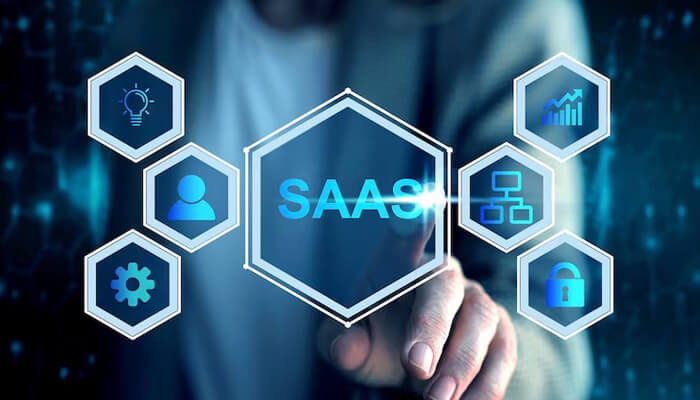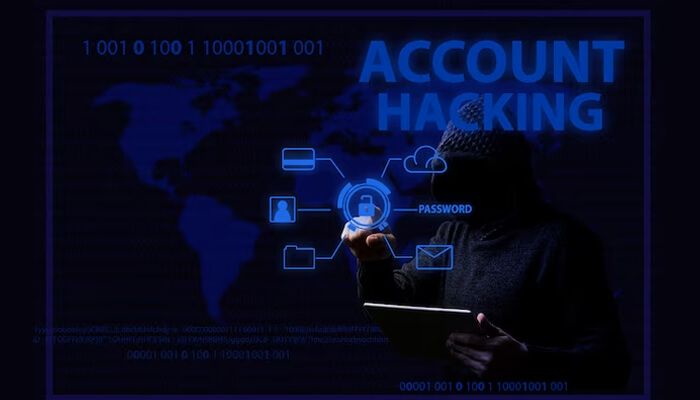The SaaS security management of SAAS platforms offers unstoppable growth to the industries. However, it has also become the topic of discussion regarding Saas security risks to address to ensure the apps’ proper functioning.
10 SaaS security risks for businesses to address
1. Data Breaches
This is an incident that is a threat to organizations daily. Accessing, viewing, or using sensitive data by any unauthorized individual is against the cyber security strategy. It leads to severe problems and security violations. Therefore, strong measures are mandatory as a measure to address the risks for businesses and to avoid breaches from happening.
2. Identity Theft
Saas security risks pay using credit cards remotely. It is a convenient and quick method but open to potential risks and concerns. There is a need for better solutions to prevent identity theft. It means security tools should ensure the safety of information. These are issues stemming from managing access, easy for SaaS, and it changes with time.
3. Account Hijacking
Account hijacking is a cyber breach common form. It can damage intellectual property if a cybercriminal gets access to the network. Criminals use such attacks to gain monetary price or to extort something huge in exchange.
4. Disaster recovery
Disasters shake a business foundation. Stay ready to face impending disasters. Look for the data stored in the cloud application, or the third-party cloud service, if there is a natural disaster. Ensure the master service agreement is in force. Check if the service provider assures restoration and check the time taken to complete the procedures.
5. Misconfigurations
SaaS management and products add complexity layers to the system, increasing misconfigurations. The cloud infrastructure disturbs even with small mistakes in configuration or audit management. Misconfiguration mistakes are rare, yet if they happen, there will be global unavailability of operations for two to four hours. The complexity layers are vulnerable to cyberattacks with incorrect configuration and affect the availability of cloud infrastructure.
6. Storage
Checking and cross-checking to know the storage policies are right before indulging in buying new software for the SaaS users. Ask if the stored data with the cloud service provider is secure or if the storage is in some private data center. Check if the SaaS provider has control over the data storage location. Are they featuring data encryption for data storage in all stages? How end users can share objects or files as audit management with or beyond their domain with other users.
7. Access Management
Access management is vital for SaaS users due to their sensitive data. It is to know if the public cloud is worthwhile and has access control systems. There is a need to identify network issues regarding security, lack of monitoring, and poor patching.
8. Regulatory compliance
Suppliers have endpoint strong to ascertain security measures are in place. To ascertain, they must ask for third-party cloud service if the jurisdiction governs customer data and their readiness for external security audits. Ask if cloud applications comply with privacy, regulations, and data protection and do the providers have security certifications.
9. Retention
Knowing the SaaS environment is enough to retain sensitive information is an advantage. However, it is best to know the data owner in the cloud, if it is the user or the SaaS provider. Also, understand the policy of cloud data retention, who enforces it, and if there are exceptions.
10. Privacy
Saas security risks are a daily problem for organizations. Ask to know if the supplier can overcome privacy breaches and mitigate them. What measures does your provider of cloud application have as a cyber security strategy, and how does it prevent breaches? Ascertain, your privacy is safe, and if there is any breach, can your contract allow you to enforce liability for their negligence?




